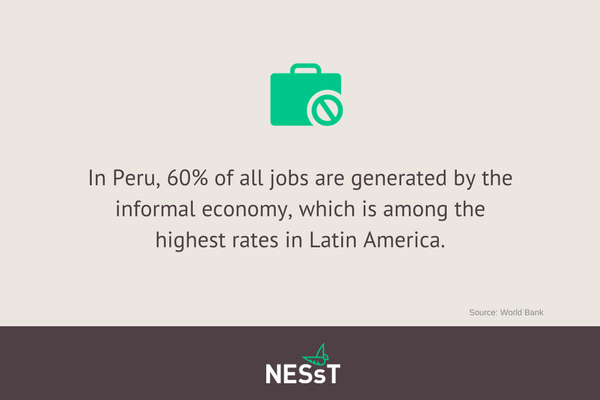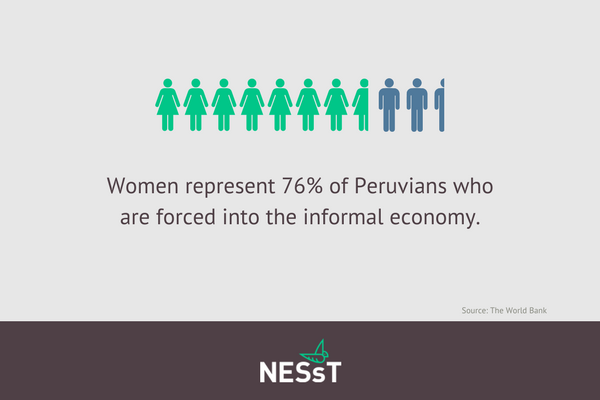Not much is known about the informal economy in Peru, yet it is one of the reasons why many people face poverty, particularly women.
1) The prevalence of informal work.
Even though Peru has the most informal workers, it is not reducing its informal sector at a faster rate than its neighbors.
2) Women are among the highest group forced into informality.
3) As a result…
Women are forced to turn to informal labor because many companies force them to work 12-hour or even longer days and often pay below minimum wage. By working in the informal sector, women have greater flexibility to balance their work and family responsibilities, but they sacrifice income stability and long-term benefits.
With the necessary reforms in education, social programs and infrastructure, the informal economy can be reduced to just 1.4% of the national economy by 2050.
In the meantime, social entrepreneurship and businesses like Housekipp are responding to this need by offering training, contract employment and education loans for the children of women from low-income backgrounds.
By lending to Housekipp, you can help Housekipp thrive — a challenging task as only 30% of small and medium businesses participate in the formal economy.
Become part of a movement that promotes formal employment for women across every industry. Thank you for joining us!




